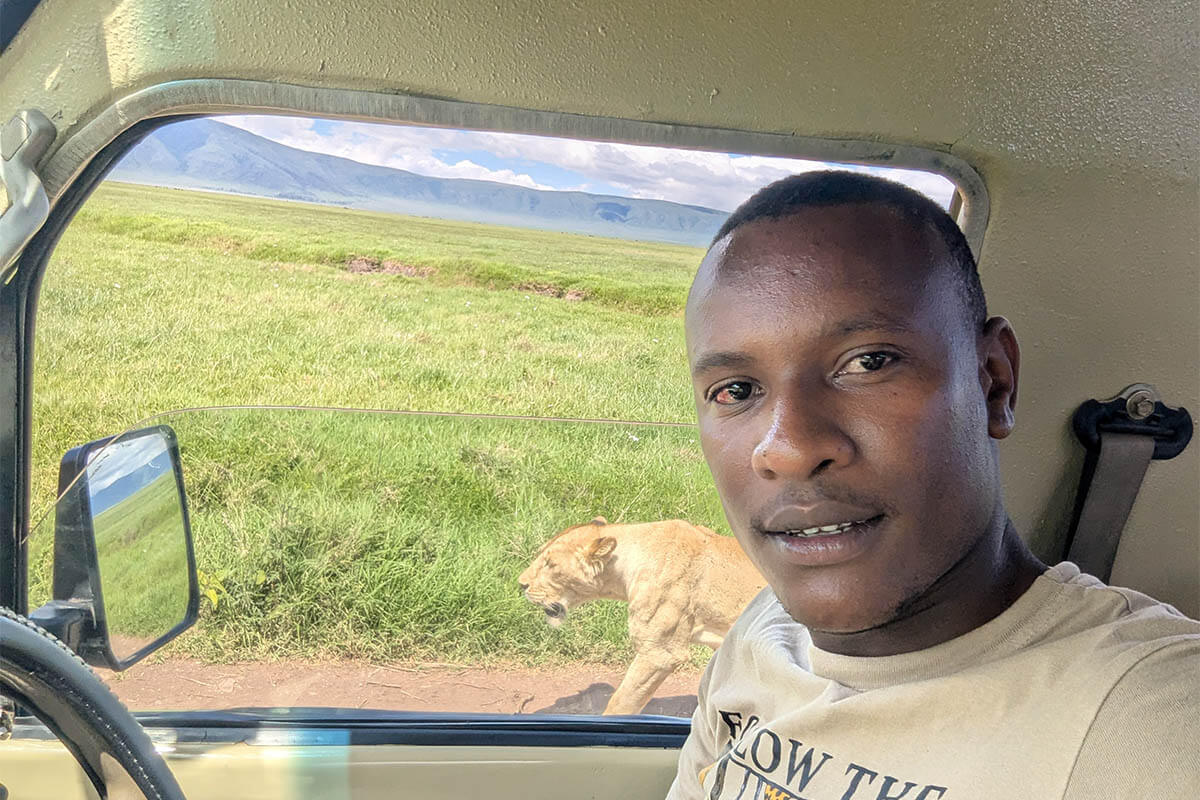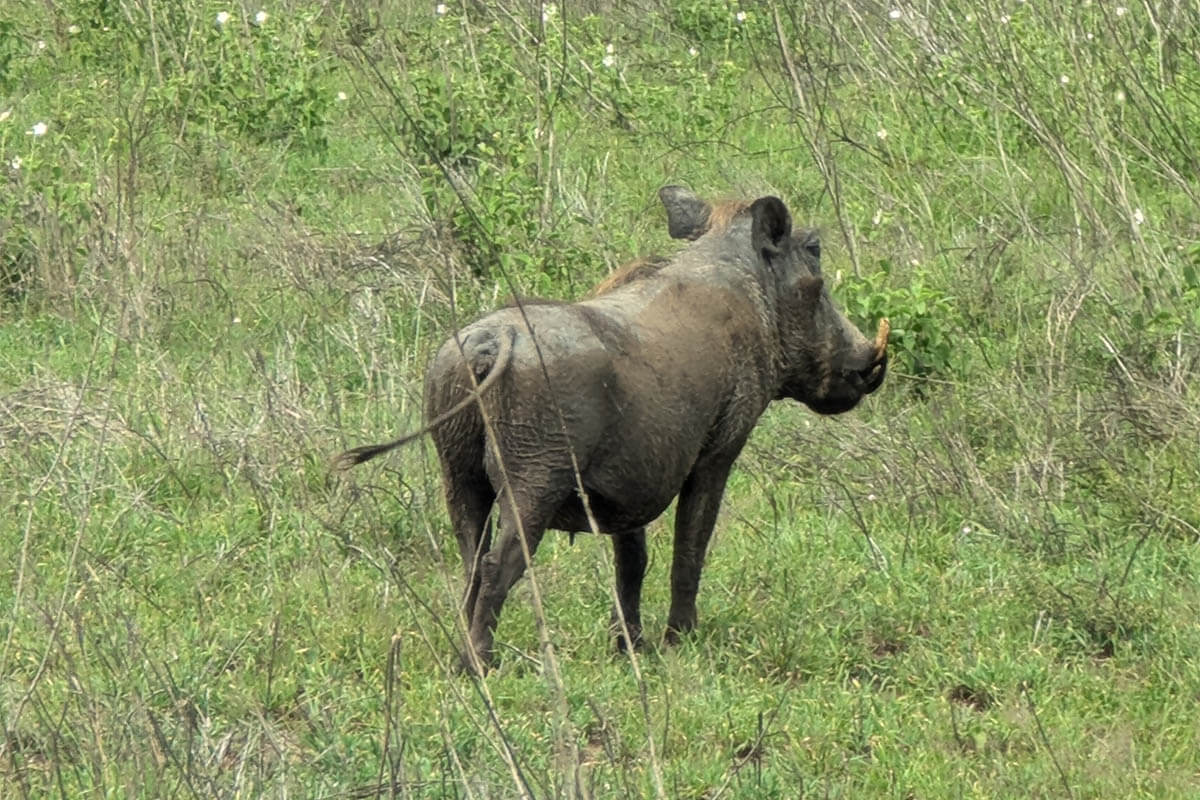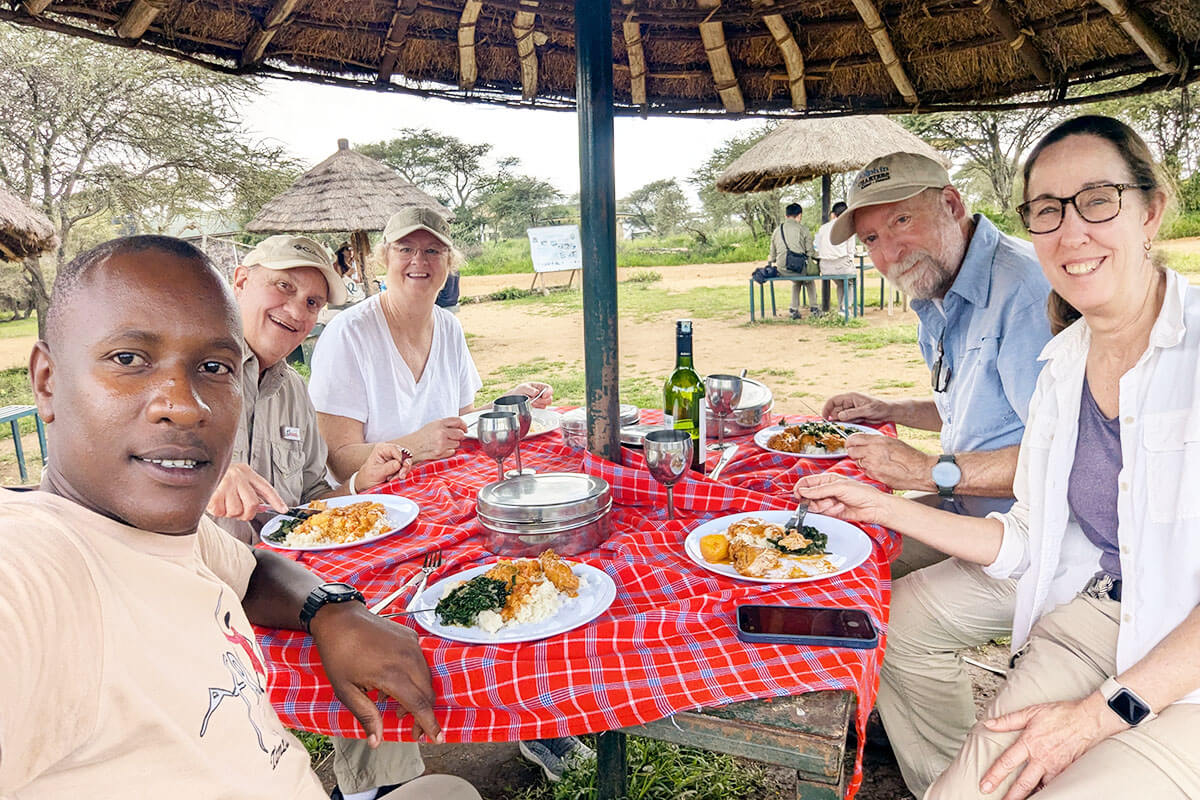Overview
Your first view of the breathtaking Ngorongoro Crater will likely be from a forested lookout, where the vast caldera stretches out below in golden sunlight and drifting clouds. Enclosed by the lush, jungle-covered walls of an ancient volcanic caldera, Ngorongoro feels like a place straight out of legend. This UNESCO World Heritage Site is one of the most spectacular wildlife destinations in Africa.
The crater floor is teeming with wildlife, offering one of the best chances in Tanzania to see the endangered black rhinoceros. It’s also one of the few places where all members of the Big Five—lion, leopard, elephant, buffalo, and rhino—can be spotted in a single game drive. Lions and Cape buffalo are particularly abundant throughout the year, making Ngorongoro a consistent highlight for any safari.
Info
Size: 8,300 square kilometres.
Location: Between Lake Manyara National Park and Serengeti National Park.
Best Time: Year round.
To Do: Game drives, Olduvai Gorge, visits to nearby Empakaai Crater or Olmoti Crater, and cultural visits.
Known For: Rhinoceros, the starting point of the Great Migration, and stunning views.




